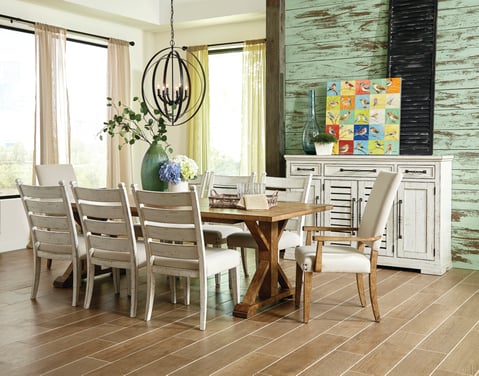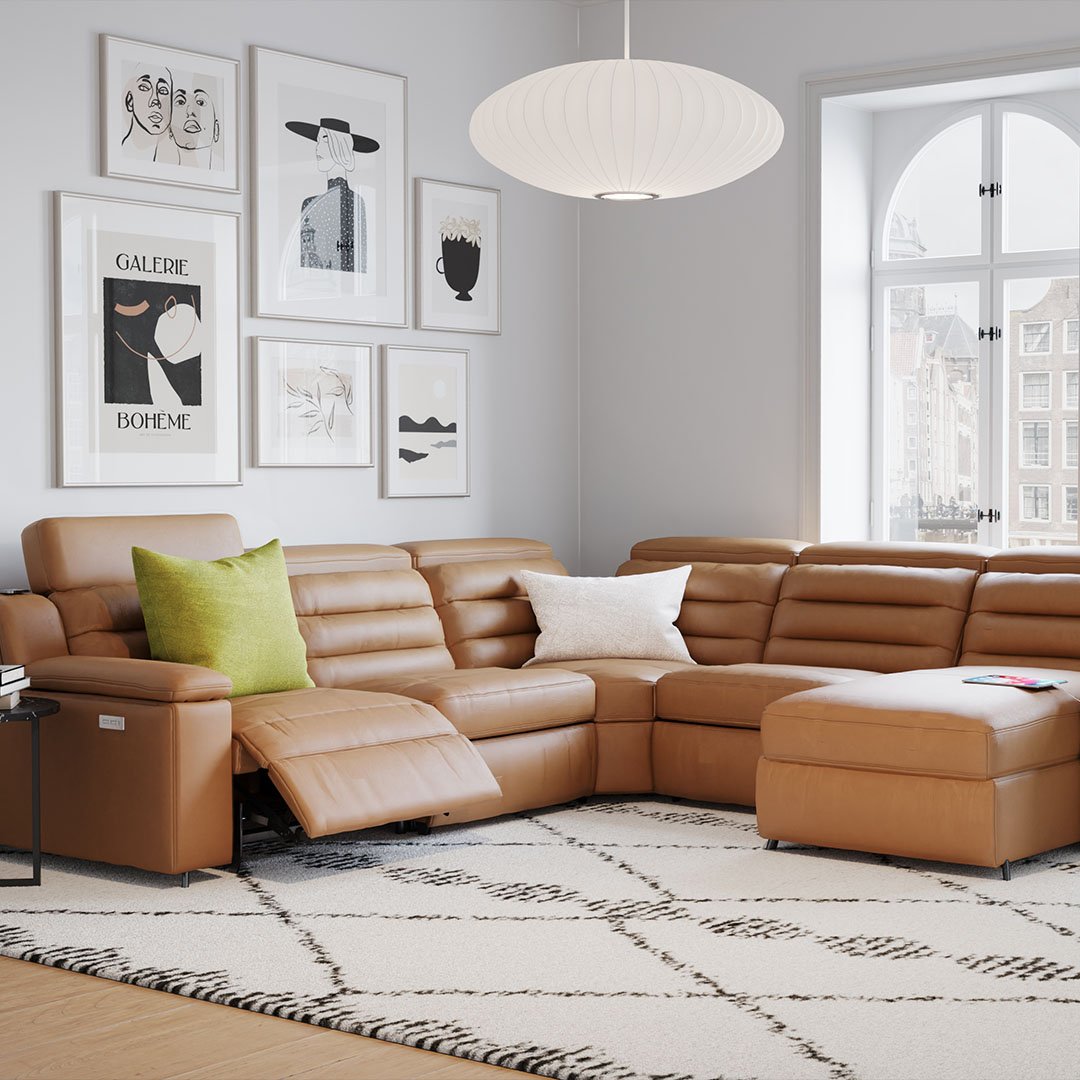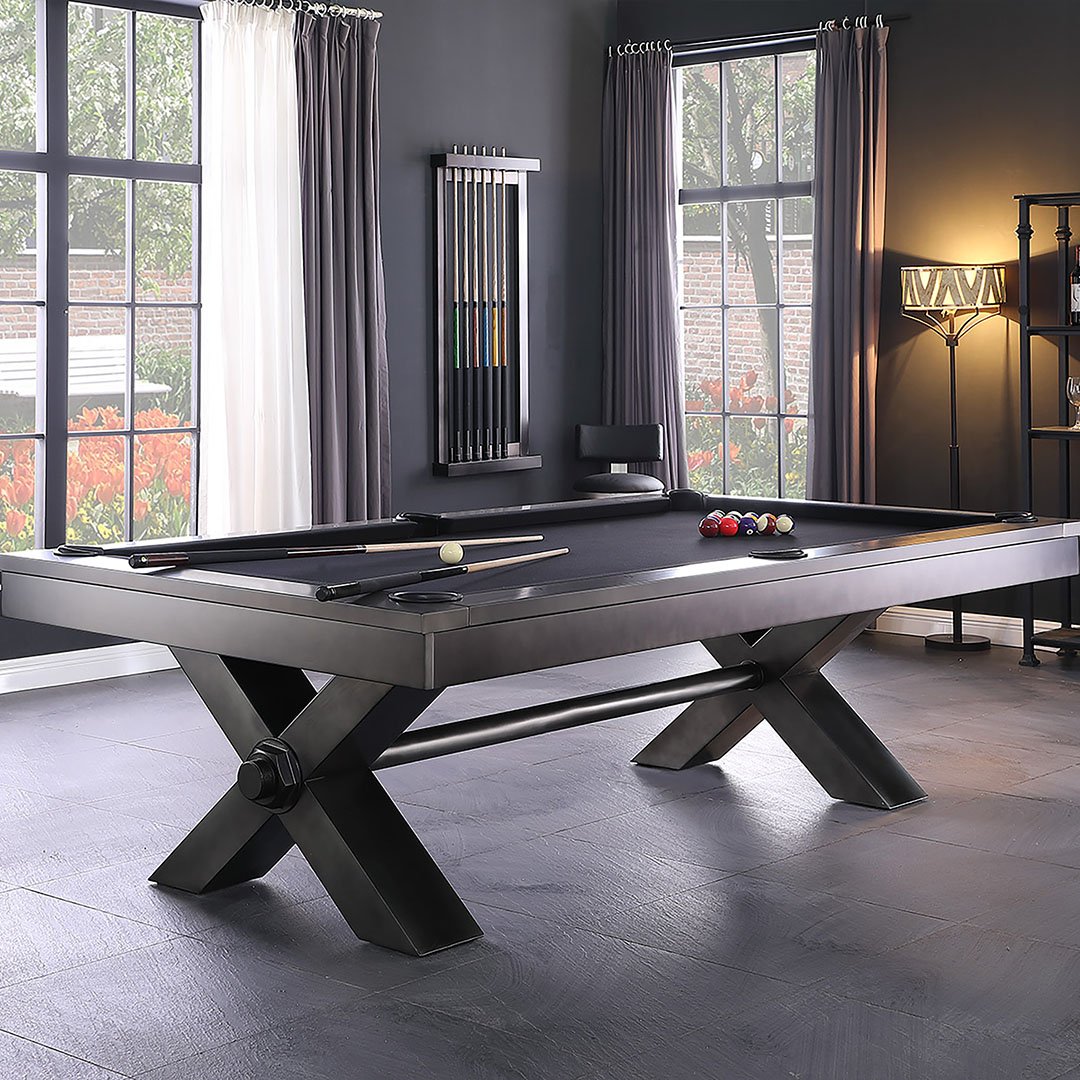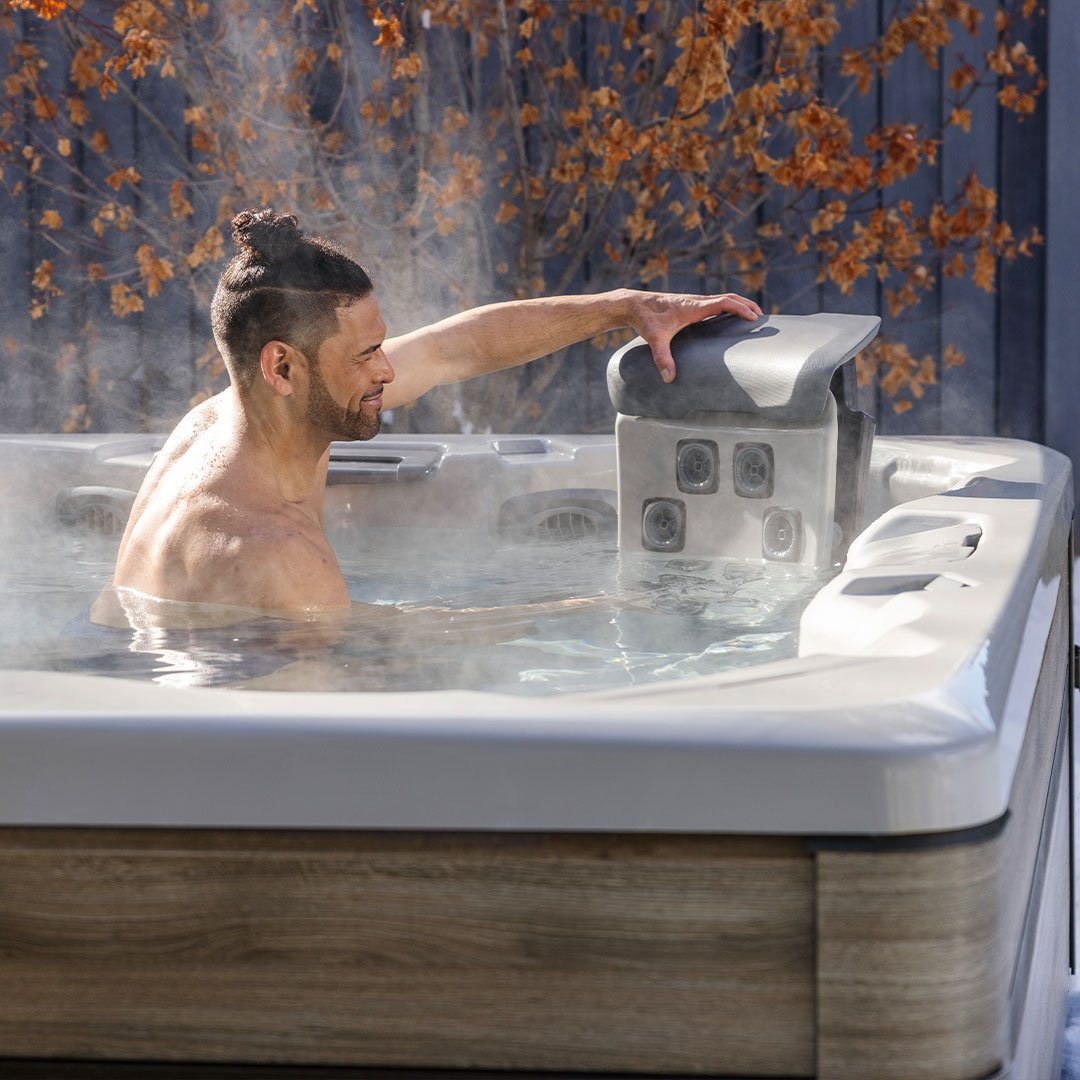Maintaining Your Wood Dining Table
The dining table. The place where family gathers to shares meals together, plays games together, and create memories together.
A versatile and highly utilized piece of furniture, the dining table has become a multifunctional staple in every home, regardless of size and style.
Solid wood and natural wood dining tables are highly sought after for their durability, strength, and aesthetic. If you want a table that will stand the test of time, a wood table is the route to go. While the benefits of a wood dining table far outweigh those of other materials, there does need to be consideration with how to properly care for your wood table to ensure longevity in both structure and aesthetic.

Easy Everyday Maintenance
Some of the more common potential damage to wood tables are from everyday wear and tear from daily activities. To prevent or reduce damage, follow these simple tips for everyday use of your wood dining table.
1. Say No to H2O
Water is not a friend to wood or the possible finishes. Whether from a spill or from condensation, water can breakdown the finish leaving unsightly watermarks and possibly causing damage to the structure as is seeps into the wood fibers and swells. Make it a habit to use coasters for drinks (both hot and cold) and to immediately clean up any spills.
2. To Hot to Handle
Watermarks aren’t the only marks you should worry about. Heat damage and burn marks can also occur if placing hot dishes, kettles, or other items directly on the wood finish. Similar to a coaster, use potholders or even dish towels if you’re planning on placing any hot items on your wood dining table.
3. Not Scratch-Proof
No one intends to ever scratch a table or piece of furniture, but alas, it happens. To avoid scratches and dings during mealtimes we recommend you use placemats. This not only protects the table from the occasional food spillage but also from accidental scratches from cutlery. Another benefit of the placemat is to avoid possible staining from foods that make their way off the plate and onto the table. Juices from fruits and even marinades can soak in and stain your table.
4. Full Coverage
If you host large groups a lot, have small kids, or are just a little more on the worried side of maintaining your wood dining table, a tablecloth during mealtimes may be the best option. This allows for worry-free dining (as long as nothing bleeds through and is waterproof).
Another option for full coverage without hiding the beautiful wood table is to consider a custom glass top to place on top of the table that acts as a barrier. You’ll want to watch out for spills near the edge that could potentially reach the wood, but overall, it’s an option that provides a win-win for maintenance and aesthetic.
5. Quick Clean Up
Of course the easiest way to take care of your table is to clean up quickly after each use. Wipe down the table after mealtimes to remove any possible residues, messes, and more. Just be cautious as to what you use to clean to avoid anything that could be abrasive and cause damage to the table. The best option is mild soap on a damp microfiber towel to remove dirt, dust, and grime.
Proper Placement
Daily maintenance isn’t the only thing to consider if you’re looking into a wood dining table (or chairs)! There are other factors that can contribute to potential damage of wood furniture as well as ways to properly maintain.
It’s important to understand these while you’re in the process of designing your room.
1. Seek Shade
Wood dining tables are not fans of direct sunlight. Remember burning leaves with your magnifying glass on the sidewalk? Okay, that’s extreme and your table won’t catch on fire, but placing your table in direct sunlight can cause discoloration, splitting from heat, and cracks. Once this happens, there’s no going back.
It’s difficult to avoid a room without sunlight, so if you do have the table in an area with direct sunlight, make sure you have curtains or blinds you can pull on those sunny days to avoid damage.
2. Heat Source
Putting direct heat on your wood dining table isn’t the only concern with heat and a wood dining table. Wood does not like heat. If placed too near a heat source, such as a radiator, a fireplace, or even a space heater, it can cause the wood to dry out, crack, warp, and cause structural damage. Avoid placing a wood table (or any wood furniture) directly next to a heat source.
3. Stay Consistent
Keeping humidity levels consistent is also important to reduce warping, drying, and possible damage to your wood dining table. Fluctuating too much can cause cracks and warping because of too much or too little humidity. Between 40-45% is best to aim for year round.
Maintenance Tip: If you have a table with a leaf or extender, make sure to also store that piece in an appropriate place with a controlled climate and where you can lay it flat to avoid warping and damage.
Table Treatment
In addition to the daily maintenance tips and the considerations when placing your wood dining table, you’ll also want to include some other maintenance and cleaning tasks to your calendar.
Depending on the finish you have on your wood table, you’ll want to properly maintain with either a polish or wax. The schedule may vary based on how often you use the table, but a good baseline is twice a year minimum to polish or wax your table to keep it safe and looking brand new.
Avoid silicone-based waxes and stick to natural beeswax, carnauba or a blend to avoid unwanted residue buildup. Lint-free or microfiber cloths are the best to use for both daily cleaning and applying a polish or wax.
Wood dining tables are nothing to be intimidated by, and if you follow these simple tips for care and maintenance, you can enjoy a wood dining table for a long time that will hold many, many years of memories and fun. To learn more about our selection of wood dining tables or how to properly maintain them, contact one of our design experts at Watson’s today!










